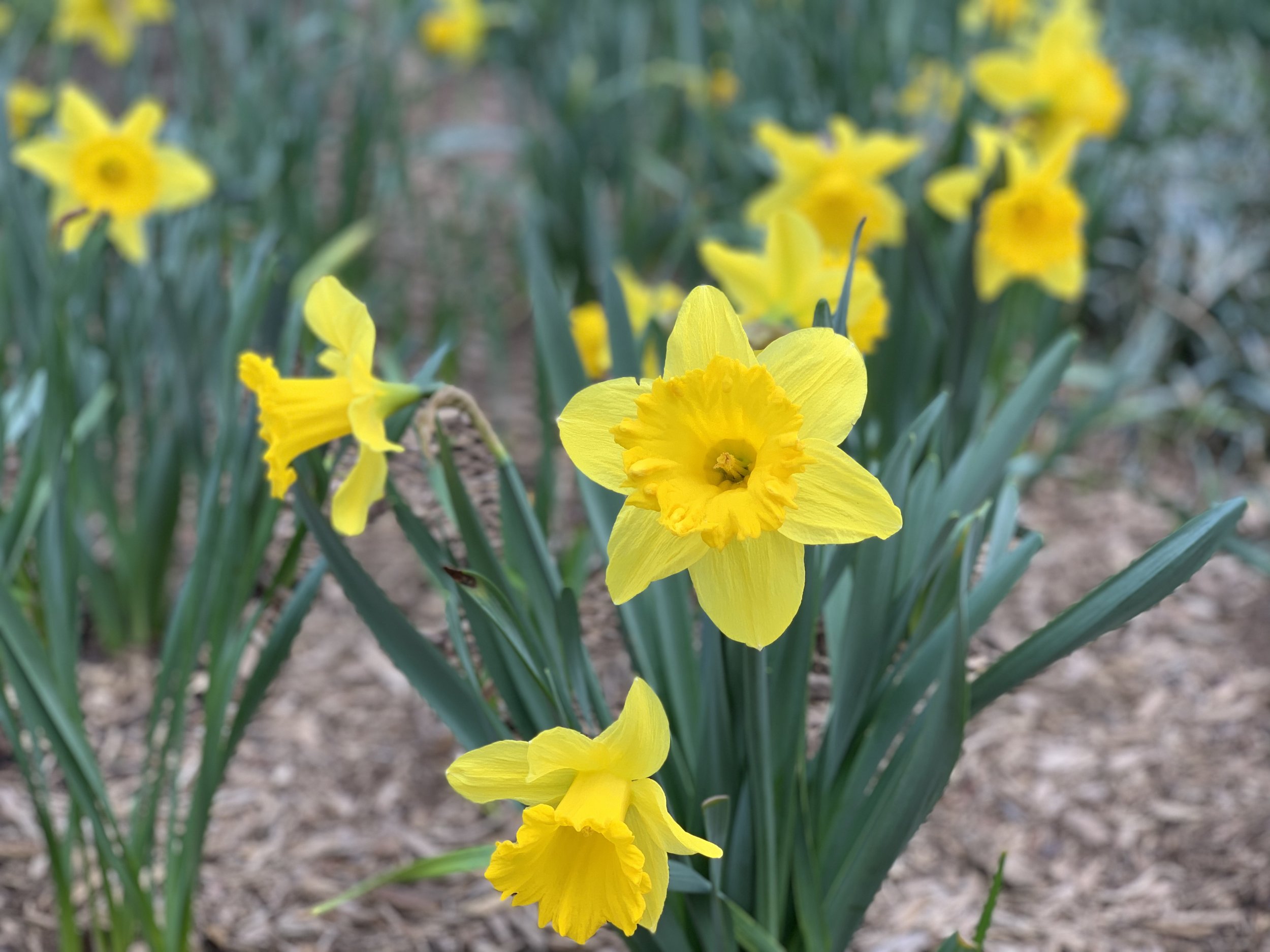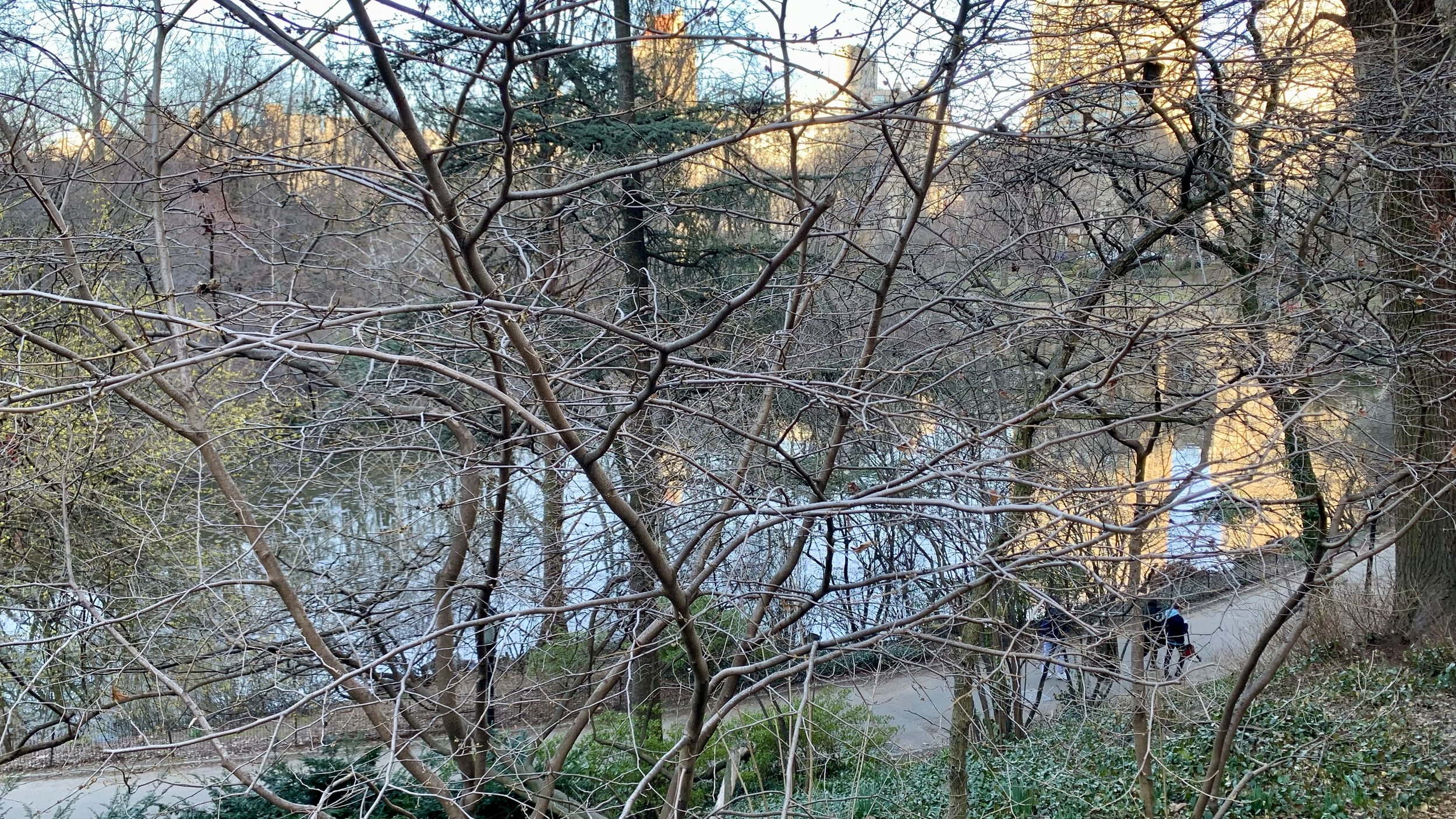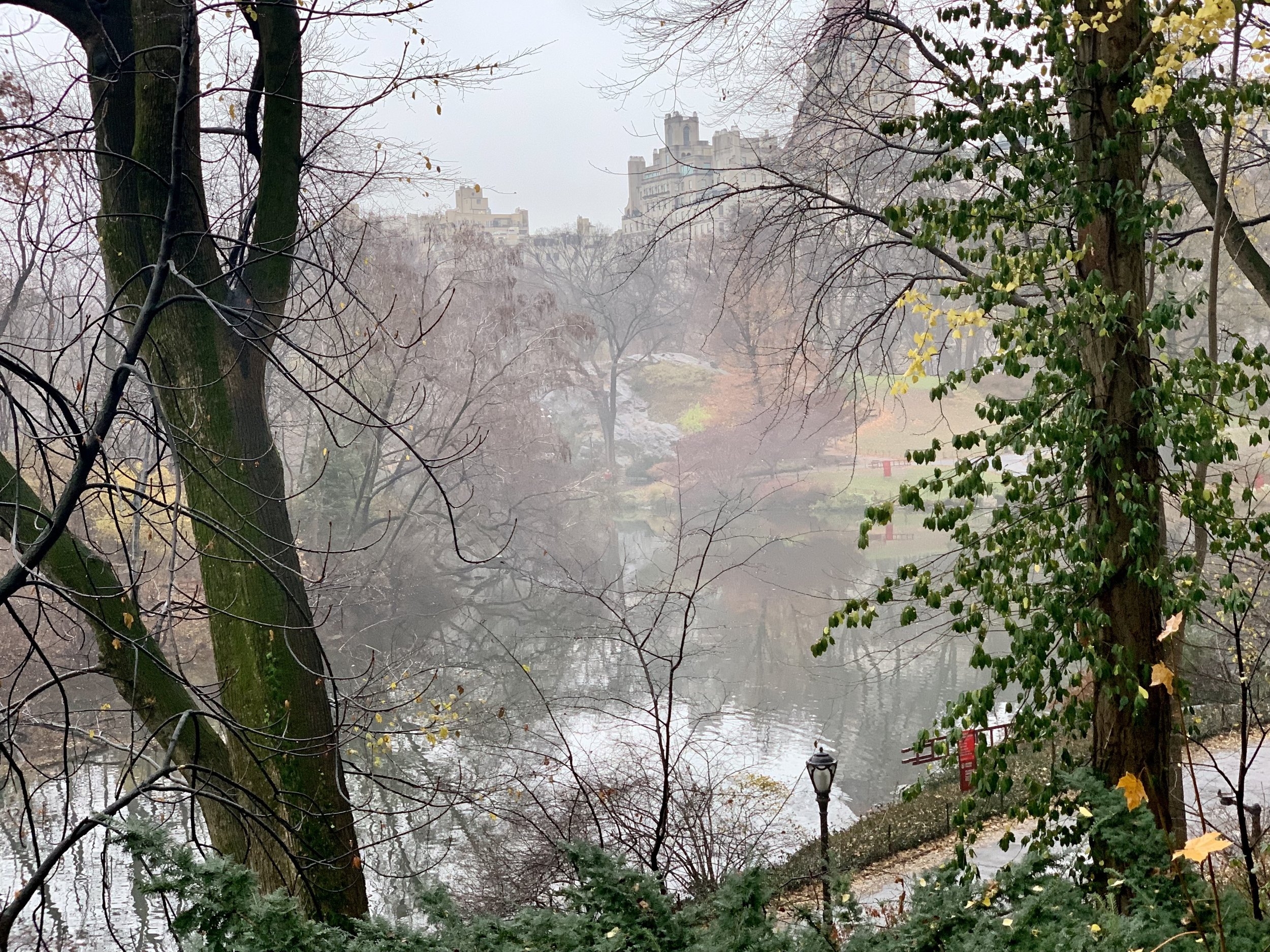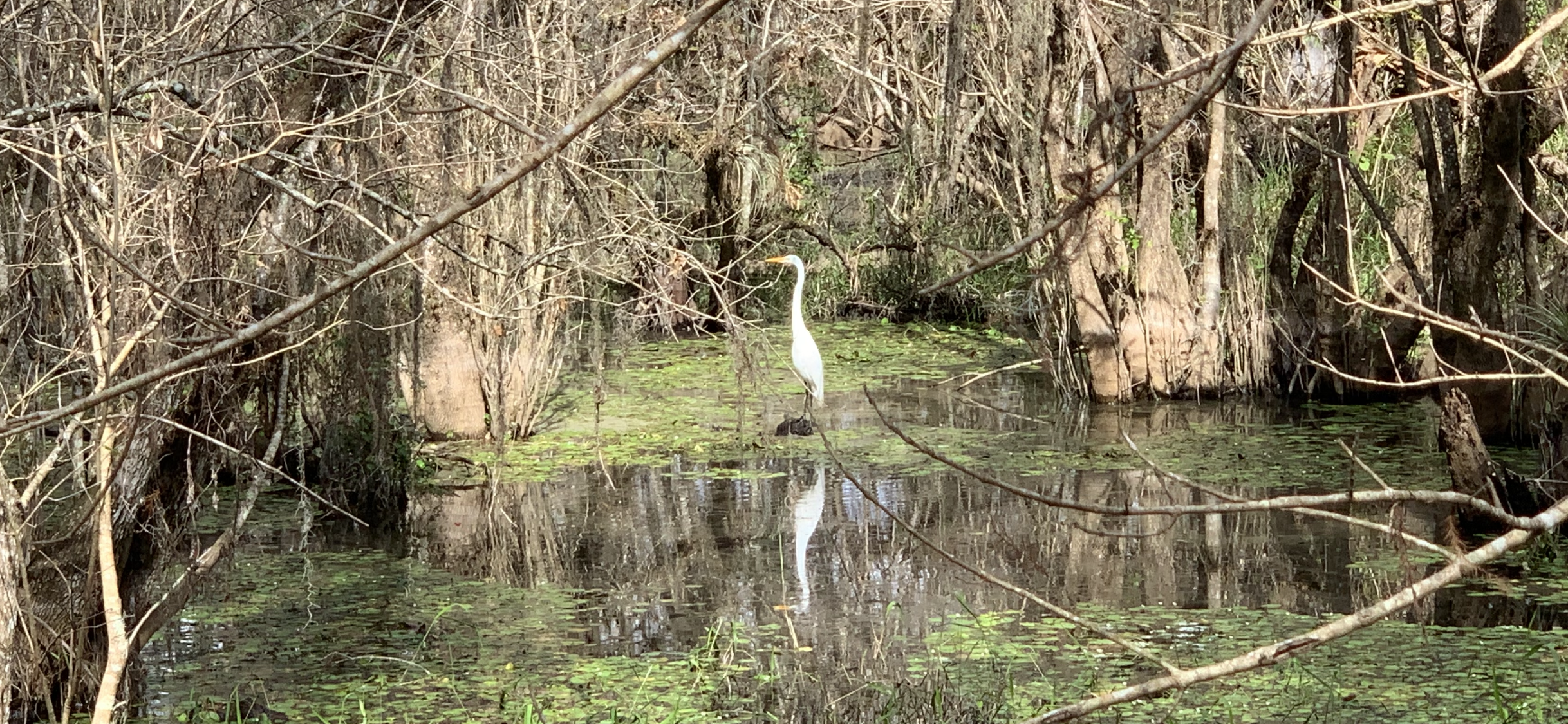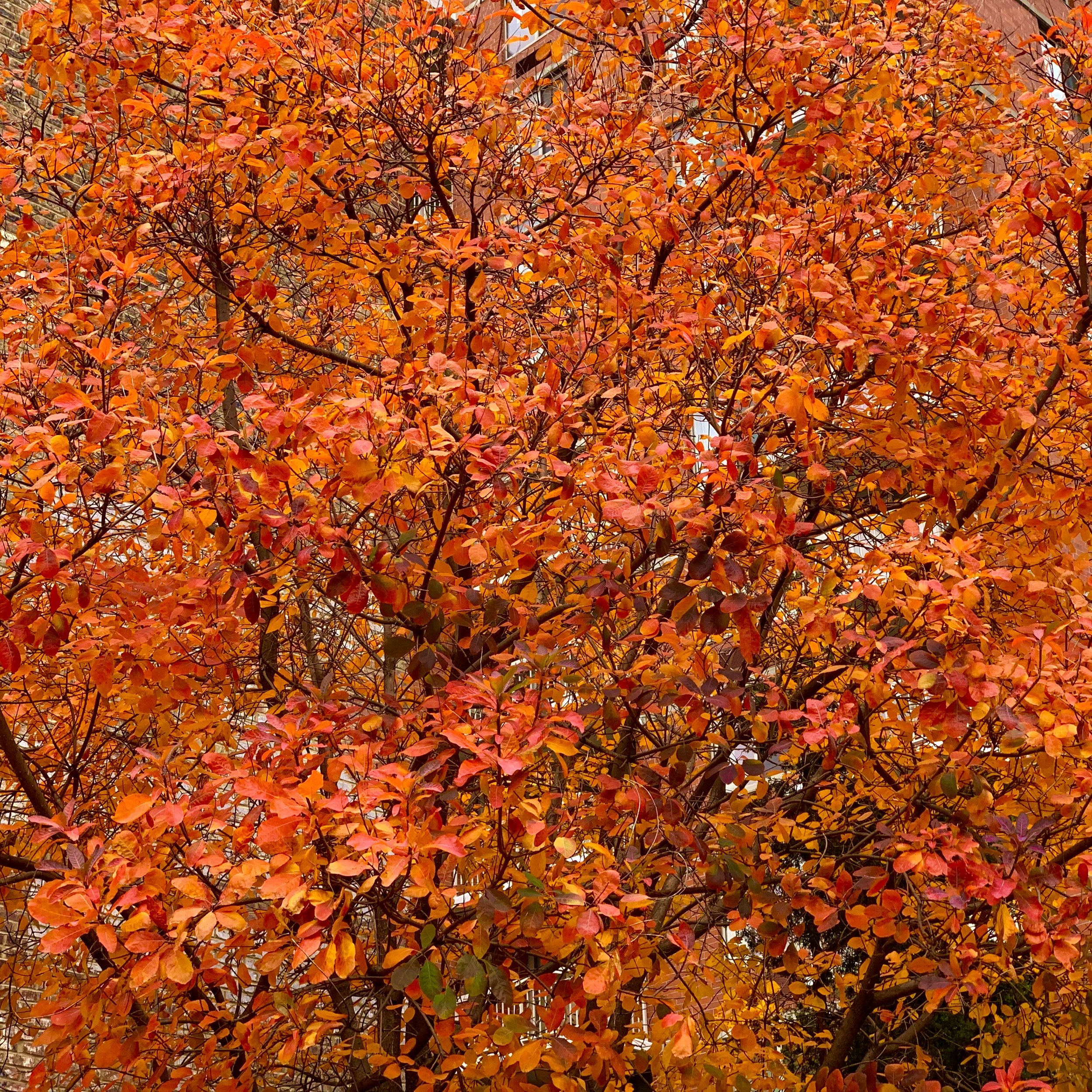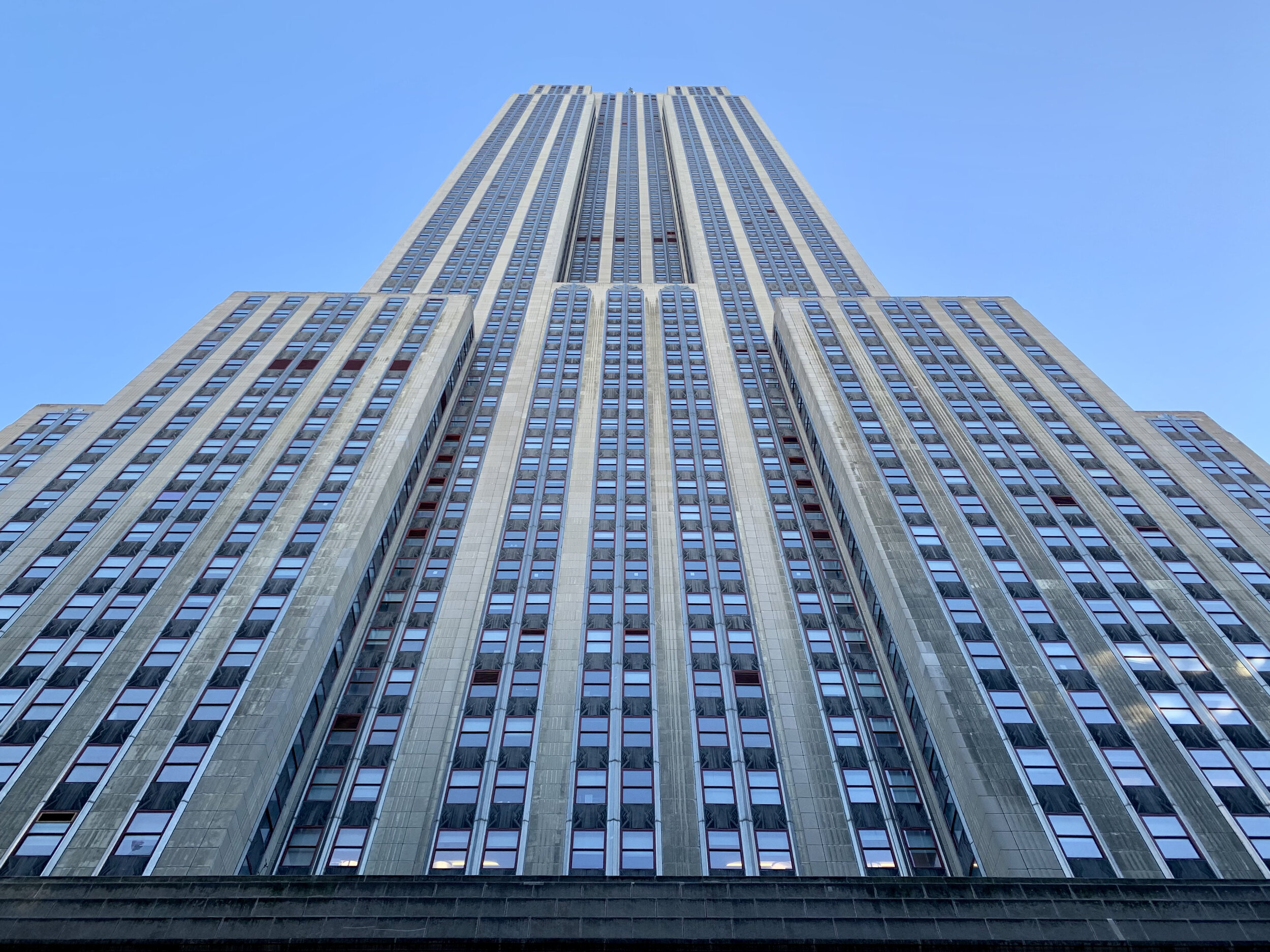Yoga and Suffering, and the Wisdom of Thich Nhat Hanh
/The darkness of winter laid the groundwork for something profoundly beautiful to emerge. .
A great teacher passed away earlier this year. Thich Nhat Hanh was an inspiration and guiding force for many around the planet who seek solace from witnessing the horrors of the world. Fortunately for me, I got to hear him speak in person back around 2006. I remember that though he spoke softly and quietly, his words carried a lot of weight.
He himself had witnessed many horrors as a young monk growing up during the war in Vietnam. And ironically, the war itself helped shape him into becoming the teacher that he was in life and helped him develop the important lessons he would impart to his many followers. One lesson is on the importance of suffering itself.
I recently re-listened to an interview he did with On Being host, Krista Tippett, in which he said something quite profound (I’m paraphrasing it here):
I do not believe that Heaven is a place where no suffering exists. I would not want to live in a place where there is no suffering. It is out of suffering that understanding and compassion arise.
Usually, we think of heaven as a place of perfect peace. But to Thich Nhat Hanh, peace is derived from understanding, which is derived from compassion, which is derived from suffering itself. In other words, out of something so dark and terrible can come something so indelibly light and beautiful.
As he says in the interview:
… You cannot grow a lotus flower on marble, you have to grow them on the mud. Without mud, you cannot have lotus flower, without suffering you have no ways in order to learn how to be understanding and compassionate. … .
With all the horrors we’re witnessing in the world today, I sometimes wonder if we’re actually living in hell. It is truly heart-breaking. And yet at the same time, the opportunity is always available to us to not let the pain break our heart apart but rather to open up our hearts more.
Personally. there have been times in my life when I was going through personal heart-ache and it truly felt like hell. Indeed, on one occasion when I was intensely feeling the pain of heartache, I sat in meditation and after around 20 minutes of being with my breath, suddenly my heart began feeling light and at ease. I’ve never forgotten that experience. It was truly a feeling of heaven on earth.
And it takes practice to arrive at this experience. Fortunately, yoga and meditation are tools we can use to hold our suffering like a mother holds a child in her womb. With compassion and care and deep love. As yogis, it is our job to witness our suffering and to try to transform it into something useful for ourselves and the rest of the world,
We don’t know how long this terrible war in Ukraine will go on for. But each day it does is another day that we can try to develop a little more understanding and compassion. Just a little more is all that is needed. But that little more will go a long way towards creating something beautiful. Yes, we can … create heaven from hell on this beautiful earth.
May you be happy, …
May you be healthy, …
May you witness your suffering,
May you transform your suffering into understanding and compassion, …
May the beautiful flower that grows from your mud somehow benefit ALL Beings everywhere.
Aloha and Metta, Compassion, and Peace,
Paul Keoni Chun
Experiencing heaven on earth in Central Park this past month.
Winter has given way to spring in Central Park.

